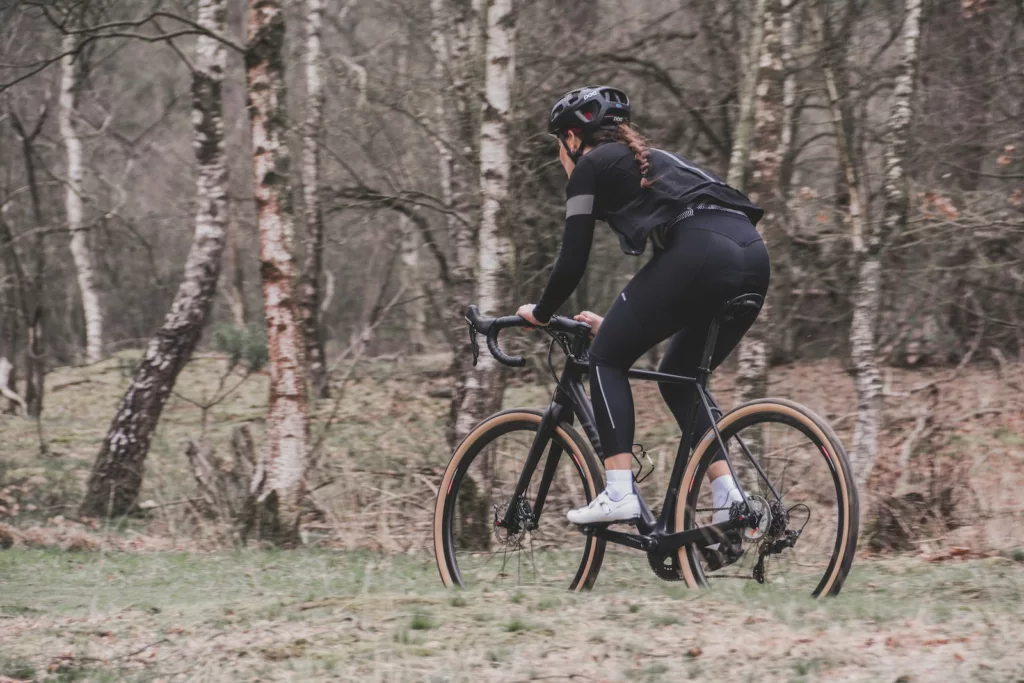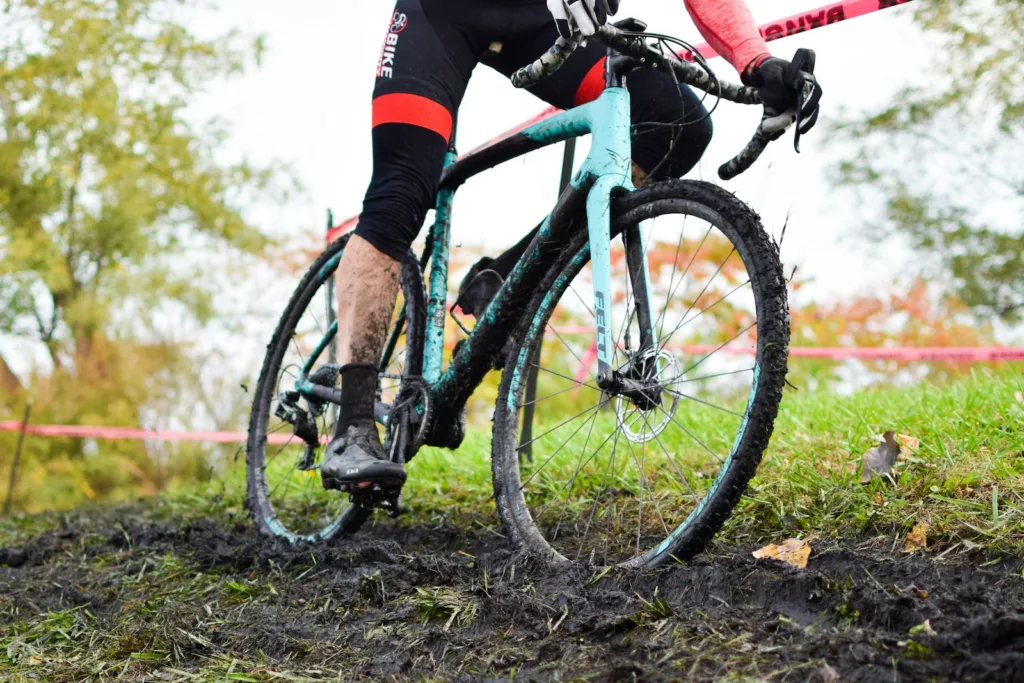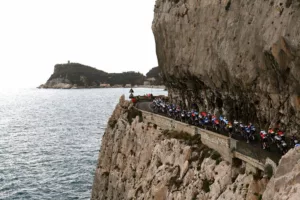At first glance, cyclocross and gravel bikes may echo a similar rugged allure to the untrained eye. Both are crafted to traverse beyond the smooth pavement, into the realm where road bikes fear to tread. However, look a little closer, and their distinctive features begin to unfold. The journey of selecting between a cyclocross or gravel bike lies in aligning the bike’s character with one’s riding aspirations. Whether it’s the thrill of racing through challenging terrain or the joy of exploring the open trail, understanding the nuances between cyclocross and gravel bikes is the first pedal stroke in the adventure that awaits.
Table of Contents
ToggleCharacterising the Contenders: Cyclocross vs Gravel Bikes
Cyclocross bikes, born from the fervour of cyclocross racing, are designed for speed, agility, and efficient power transfer. They are the steeds of choice for those who thrive in the challenge of a swift race through muddy woodland trails and grassy knolls.
Gravel bikes, on the other hand, are the adventurers of the cycling world, offering a blend of comfort and versatility. They invite riders to explore mixed terrains at a more leisurely pace, with geometry that lends itself to long hours in the saddle, exploring the unknown.
Taming the Terrain: Performance on Mixed Surfaces
The cyclocross bike’s racing pedigree shines through when the terrain gets tough. Its aggressive geometry, with a higher bottom bracket and steeper angles, enables precise control and nimble handling, essential for threading through tight woodland trails or hopping over obstacles in a race scenario. In contrast, gravel bikes wear a more relaxed geometry, with a lower bottom bracket and slacker angles. This setup prioritises stability and comfort over aggressive handling, making gravel bikes well-suited to long days exploring a mix of gravel roads, singletrack, and tarmac.

Companion on the Trail: Comfort and Versatility
Gravel bikes extend a warm invitation to ride farther and longer. With a more upright riding position, they reduce the strain on the rider’s back and neck, a welcome feature on extended journeys. Additionally, they often come with mounts for mudguards, racks, and even extra water bottles, welcoming the attachment of gear for self-supported adventures.
Cyclocross bikes, with their race-oriented design, offer fewer creature comforts. They are focused on providing a platform for explosive speed and competitive agility, with less emphasis on the ease of long-distance travel.
Wheeling Along: Tyre Clearance and Wheel Options
Tyre clearance is a tale that divulges much about the intended use of these bikes. Cyclocross bikes generally have clearance for narrower tyres, as required by the regulations of cyclocross racing. This restriction aims to maintain a level playing field in competitions.
Gravel bikes break free from such constraints, offering generous tyre clearance to accommodate a variety of tyre widths. This flexibility allows riders to tailor their wheel setup to the adventure that beckons, whether that’s a fast-paced gravel race or a slow exploration of backcountry trails.

Stopping Power: Brake Systems
In the realm of stopping power, disc brakes reign supreme on both cyclocross and gravel bikes, offering reliable stopping power in all weather conditions. The modern disc brake systems provide a level of modulation and control that is particularly useful when navigating tricky descents or unpredictable terrain.
Gearing Up: Drivetrain Considerations
The drivetrain is the heart of the bike’s propulsion system, and here again, the differences between cyclocross and gravel bikes emerge. Cyclocross bikes typically feature higher gearing suited to racing scenarios, enabling riders to power through mud and sand at high speeds.
On the flip side, gravel bikes offer a broader range of gearing options, catering to a variety of terrain and riding styles. With lower gears available, conquering steep hills or tackling rough terrain becomes a more manageable endeavour, opening the door to a broader spectrum of off-road adventures.






